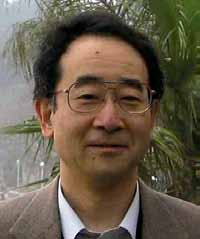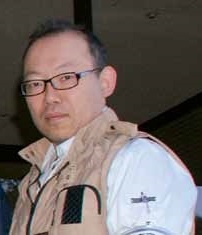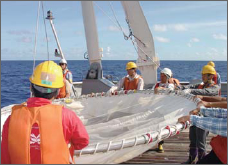Migration of fishes and their conservation
Fishery resources often involve species that make global
scale migrations in the vast open ocean. To begin or expand
management and conservation efforts for these migratory species,
we use multidisciplinary approaches to study their ecology and
ocean environments, as well a s the social science a spects of
these important fisheries species.
Study on career path and capacity building for addressing
ocean affairs
Problems in the ocean have been increasingly complicated
because of intensified human activities based on conflicting value
systems such as coastal development and fisheries. This program
aims to facilitate acquiring trans-boundary knowledge for solving
the ocean problems through practical approaches.
Restoration and conservation of coastal environment and
ecosystem focusing on iron
The relationship between forest, river, and sea is important for
maintaining the coastal ecosystem, and the role of iron in the
ecosystem has attracted increasing attention recently. We have
developed a method for restoring seaweed beds and the coastal
ecosystem by using a mixture of steelmaking slag and humic
substances, focusing on the lack of dissolved iron in coastal
areas. The dynamics of chemical substances, mainly iron, in
terrestrial and coastal areas has been investigated to understand
the importance of iron in the coastal environment and ecosystem.







